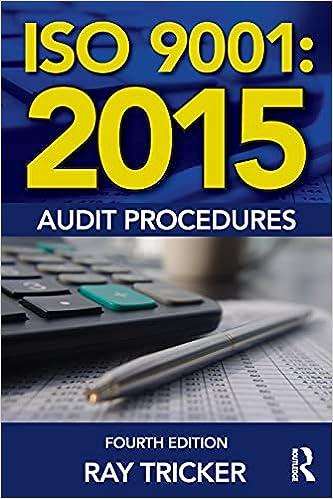Cannington Outlet is an independently owned sports and outdoor products discount chain with ten stores located in Hong Kong. Rapid expansion has created the need for careful planning of cash requirements to ensure that the chain is able to replenish stock adequately and meet payment schedules to creditors. Christopher Lee, founder of the chain, has established a banking relationship that provides a $2,000,000 line of credit to Cannington Outlet. The chain must maintain a minimum cash balance of $80,000 at the end of each month. Cannington Outlet attempts to borrow, at the beginning of the month, as little as possible. The interest rate on the loans is 12% per annum and for simplicity we will assume that interest is not compounded. The chain would, as far as it is able, repay the loan plus accumulated interest at the end of the month following the loan. The chain currently has no outstanding loans. The following cash receipts and disbursements data apply to the fourth quarter of Year 2021: The estimated cash balance as at 1 October is $88,000 Some of the actual and expected sales data for August 2021 to January 2022 are extracted and summarized as follows: 2021 2022 August September October November December January (actual) (actual) (estimated) (estimated) (estimated) (estimated) Cash sales $140,000 $290,000 $440,000 Sales on account $1.040,000 $1,280,000 $1,350,000 $1,420,000 $1,880,000 | Total sales $1,490,000 $1,710,000 $2,320,000 $2,100,000 Projected cash collection of sales on account is estimated to be 70% in the month of the sale, 20% in the month following the sale, and 6% in the second month following the sale. The 4% beyond the second month following the sale is determined to be uncollectible. The chain is scheduled to receive $300,000 cash on a note receivable in October. All merchandise purchases are made on account as the chain has excellent credit with all vendors because of a strong payment history. Each month's ending inventory must equal 25% of the following month's cost of goods sold. The cost of goods sold is 60% of total sales. The chain pays for 80% of its merchandise purchases in the month of the purchase and the remaining 20% in the month following the purchase. The ending inventory balance and accounts payable balance as at 30 September is $223,500 and $175,000, respectively. All of the accounts payable at 30 September will be paid in October Monthly selling and administrative expenses during October, November, and December are estimated to be $380,000, S410,000, and S460,000, respectively; these amounts include S30,000 of depreciation each month. Dividends of $250,000 will be declared and paid in November. Equipment costing $530,000 and $200,000 will be purchased for cash in October and December, respectively. Required: (i) Prepare a schedule of expected cash collections from customers for October, November, and December. (6 marks) (ii) Prepare the following budgets for merchandise purchases: (a) A merchandise purchases budget for October, November, and December. (5 marks) (b) A schedule of expected cash disbursements for merchandise purchases for October, November, and December. (3 marks) (iii) Prepare a cash budget for October, November, and December (11 marks)








